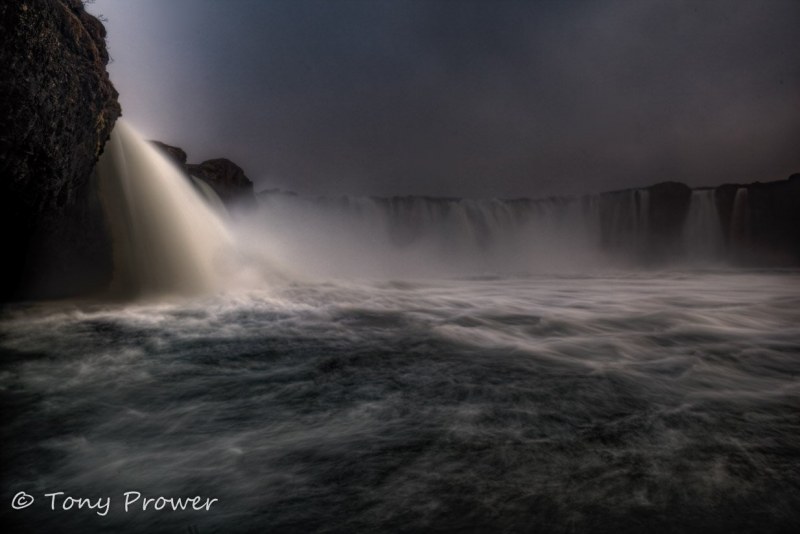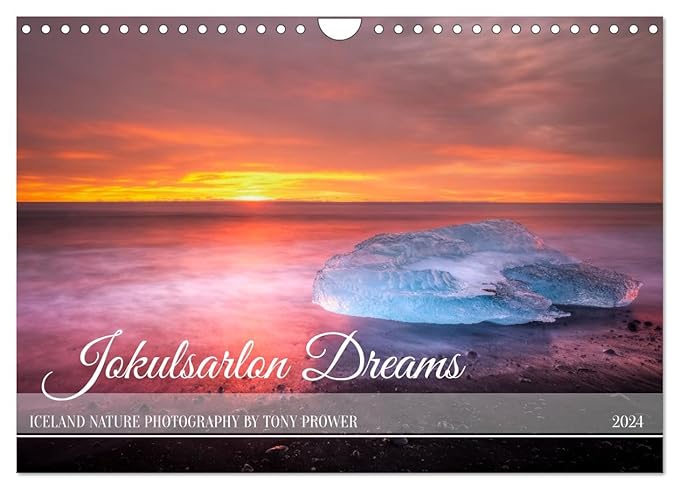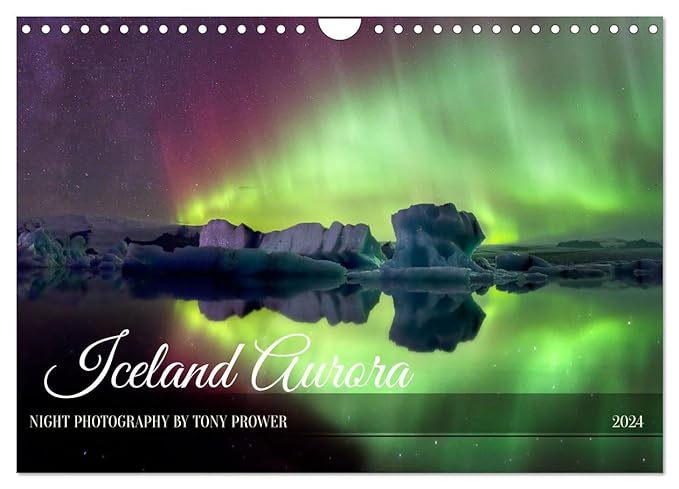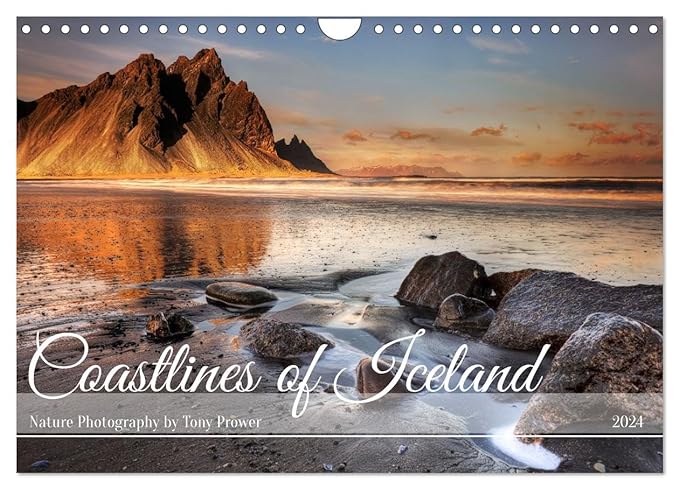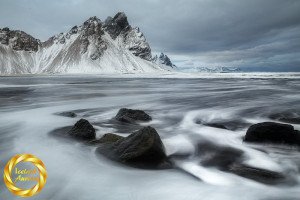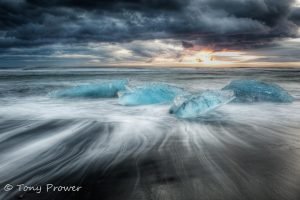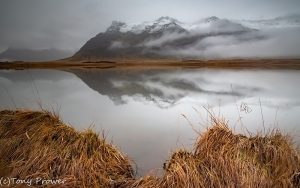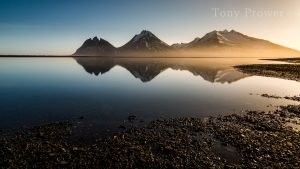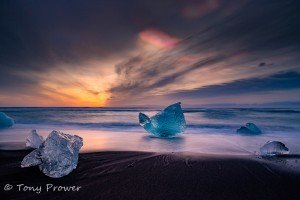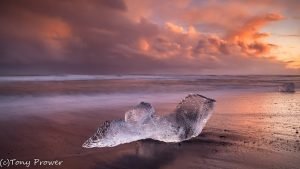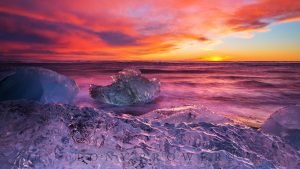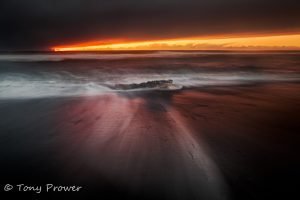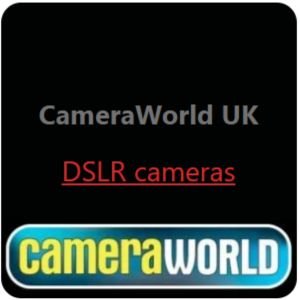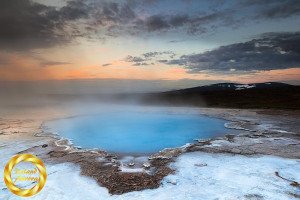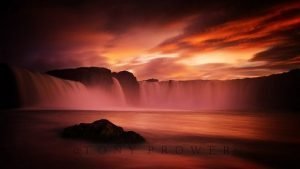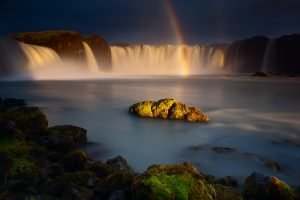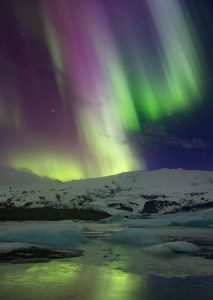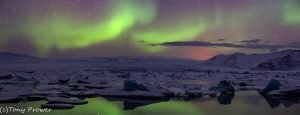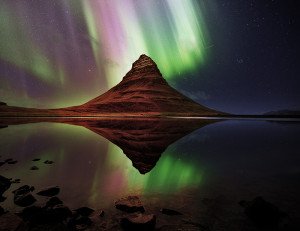Sources of Noise
I’ve been reading about how ISO doesn’t actually increase noise in the camera? Is there any truth to this?
Imagine you have just washed your clothes, but when you put them on they are just as dirty and smelly as when you last wore them. How do you explain this? Maybe it was a special kind of dirt that couldn’t be washed out, like blood stains. Maybe the water going into your washing machine was dirty. You forgot to add soap powder. Someone was burning leaves and hair next door when your washing was drying. Noise is like dirt for photographers. Some levels of noise can ruin an image. Fortunately, Photography is nothing like washing clothes, but it is helpful to consider that noise can be introduced at different stages of the process.
Tours Around Iceland
Noise – Signal SNR
The photo above was taken very close to Goðafoss waterfall. The spray is very thick there and it took me several attempts to get a photo without large droplets on my lens. The Noise is in the air. The signal from the distant part of the waterfall is low.
The main concept in the discussion of “Noise” is the “signal to noise ratio” (SNR). This relates to how much light is available to the sensor and whether a pixel is recorded as a signal or becomes a noise. Signal is detail and this is what we want, noise is confusion and what we don’t. A large sensor, low ISO, good exposure in good light with clean air will produce a high signal to noise ratio and a high quality image.
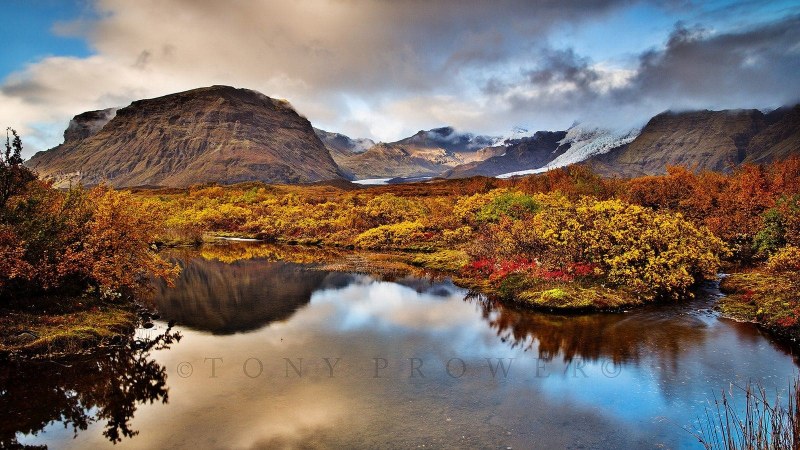
Svinafell – South East Iceland
This scene was well exposed in good light with ISO 200. The light is good because it is not too harsh and there is not a big difference between the colourful mid-tones and the shadows. The Magic Cloth helped me get a good exposure on the landscape while retaining the highlights.
With ideal conditions like this, and a good exposure, the only way you can introduce noise is to choose a high iso. I have made this mistake a few times. If we are out photographing Northern Lights at night and then get up for an early sunrise, it is easy to forget that your camera is set up with iso1600.
Light conditions
Low light situations reduce the signal to noise ratio. Low light photography can introduce noise in a number of ways. Photographers often under expose a low light scene to preserve the mood. Trusting in your preview screen when you eyes have adjusted for low light will give you an underexposed image. This could result in Post Processing noise. Photographers may use a high ISO or long exposure to shoot low-light. Both of these could result in more in-camera noise.
Shooting in harsh daylight will result in stark shadows. Correcting the shadows in Post Processing will introduce unwanted noise.
Air quality will affect the signal to noise ratio. Misty or foggy scenes will have areas of noise.
In Camera
This is where some of the noise is born. ISO can be thought of as an amplifier. If you are shooting low light then a higher ISO will amplify the signal but also amplify the noise. So in most cases of less than perfect light, a higher ISO will have more noise than a low ISO. Some newer camera systems are considered to be ISO invariant which means that the ISO wont introduce it’s own noise. The main issue with high ISO is the reduced dynamic range. Highlights are not preserved so well at high ISO so exposures cannot be pushed to the right. This results in noise being introduced at the post processing stage when the levels are raised.
Consider these two night exposure on the Glacier Lagoon (@ 100%). The first close up was exposed for 236 sec as part of a Magic Cloth Exposure (so no part of this scene would have had the full 236 sec. The second clip was a 30 second exposure with the exposure boosted in Lightroom to match the first photo. Both have the same amount of noise reduction which was almost 50% on both sliders. Compare the noise and also the way the images have responded to sharpening and noise reduction..
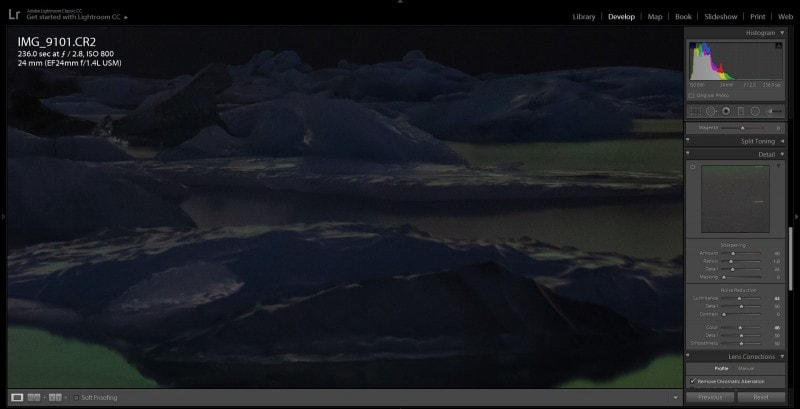
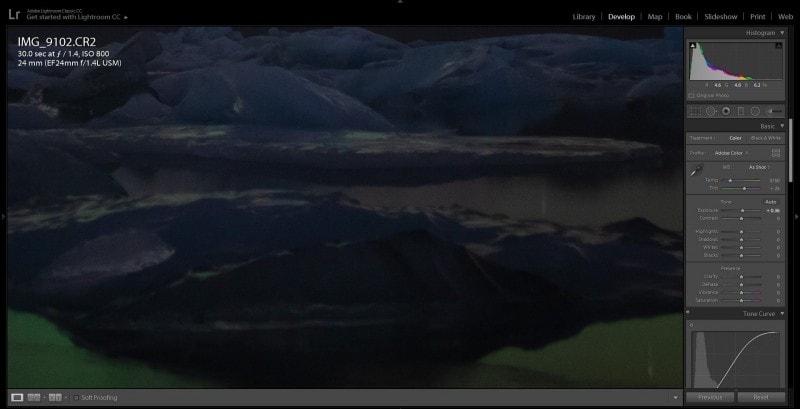
Sensor heat
Long exposures can introduce noise in the camera. Long exposures can create sensor heat which reduces the signal to noise ratio. In-camera “long exposure noise reduction” will take the same exposure without any signal and then subtract the noise from the original image. A down side to this is that each shot takes twice as long as it should. In Iceland this is not necessary because there is no heat.
Sensor size
Larger sensors such as full frame or digital medium format cope with low light situations. Larger sensors don’t pack so many pixels into a space and this improves the signal to noise ratio.
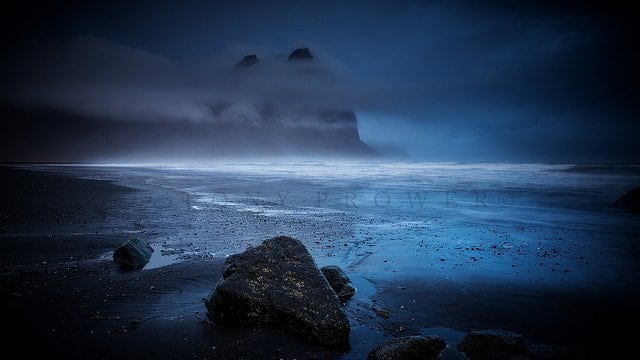
Blue hour at Vesturhorn
This misty low light scene was well exposed. You can see that none of the shadows are too dark, no shadows had to be brightened. The scene was captured with a full frame sensor and ISO 400.
Post-processing
Pushing the levels is the biggest producer of noise. No digital image is free from some form of processing. When a photographer starts with a RAW file and takes it to the final image the starting data determines how much noise is introduced. The main culprit is under exposed images that need shadows and mid-tones brightened. Cosmetic touches like sharpening can also raise noise levels. Noise reduction is possible and in many ways essential in Post Processing, but it is important to realise that heavy noise reduction destroys detail.
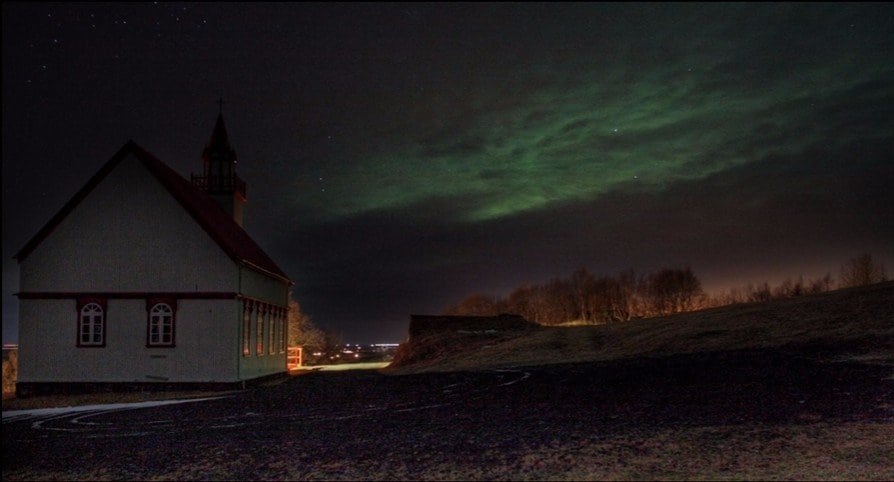
Hliðarendi Church South Iceland
This image was poorly exposed with low light, crop sensor and high ISO. The levels have been raised in the shadow areas. You don’t have to see this at 100% to see that it is too noisy and definitely can’t handle any more processing.
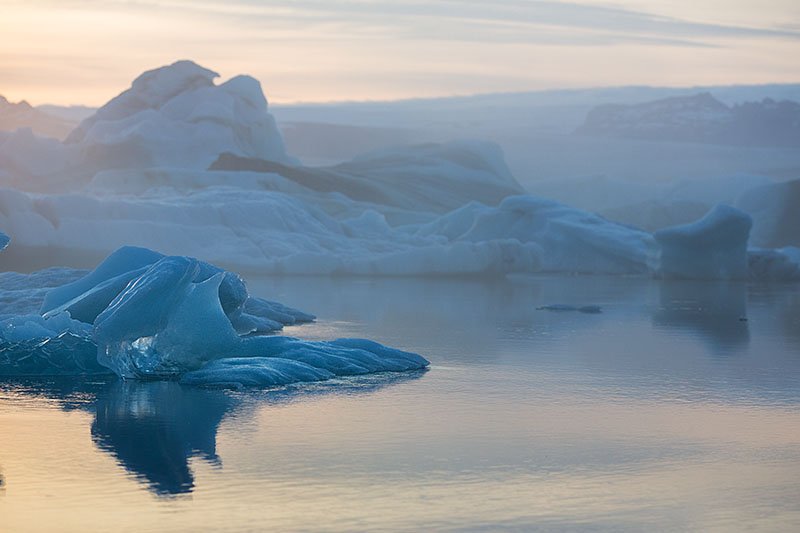
Conclusions
I am going to spin this around now. Although it is the post processing stage that will create the most unwanted noise, you have to consider the earlier stages to really control noise. Whatever camera you are using, the main considerations are light and exposure. The best chance for a high signal to noise ratio is to expose well in good light. You can help the situation with by using modern high quality Digital Cameras. The worst thing you can do is under-expose in low-light. If your signal to noise ration is low, then high ISO and heavy post processing are your worst enemies. Trust your histogram not your eyes!
